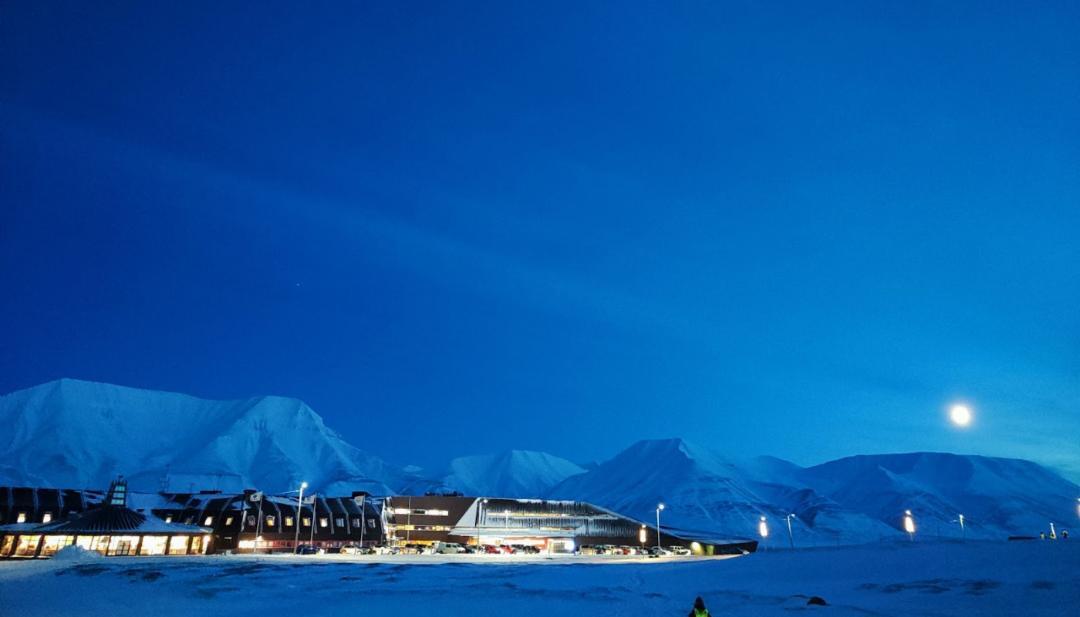
What is Polar Night?
As the winter months approach, many of us are familiar with the shorter days and longer nights that come with the changing seasons. However, for residents of the Arctic and sub-Arctic regions, the onset of winter brings a phenomenon that is both fascinating and challenging: the polar night. Polar night is the period during winter when regions near the North Pole remain in darkness for days or even months, while the South Pole experiences continuous sunlight. This occurs due to Earth’s tilted rotation and its elliptical orbit around the sun, leaving some areas in shadow and others in constant light. The tilt of Earth’s axis also drives seasonal changes, resulting in extreme variations in daylight hours between summer and winter.
The polar night is a natural phenomenon that occurs when the Northern Hemisphere is tilted away from the sun, resulting in the sun remaining below the horizon for an extended period. The duration of the polar night varies depending on the latitude and longitude of the location. In the Arctic Circle, the polar night can last from a few days to several months, with the longest period of darkness occurring at the North Pole itself. The opposite occurs at the South Pole, where the sun remains visible above the horizon for 24 hours a day during the Southern Hemisphere’s summer months.
The polar night has a significant impact on the environment, wildlife, and human populations in the affected regions. The lack of sunlight during this period can lead to a range of challenges, including disrupted circadian rhythms, increased risk of depression and Seasonal Affective Disorder (SAD), and difficulties with navigation and transportation. However, many communities in the Arctic and sub-Arctic regions have adapted to the polar night over centuries, developing unique cultural and social practices to cope with the extreme conditions.
In Alaska, for example, the town of Utqiagvik (formerly known as Barrow) experiences a 65-day polar night, which started in late November and will last until late January. During this period, the town remains in complete darkness, with the sun remaining below the horizon. Residents of Utqiagvik have developed various strategies to cope with the polar night, including the use of artificial lighting, social events, and traditional activities such as whaling and hunting. The community also comes together to support each other during this challenging time, with many residents relying on their neighbors and friends for emotional support and practical help.
The polar night also has significant implications for the environment and wildlife in the affected regions. The lack of sunlight can lead to changes in the behavior and physiology of many species, including the migration patterns of birds, the hibernation patterns of bears, and the feeding habits of fish and other marine animals. Additionally, the polar night can impact the growth and development of plants, with many species relying on the limited sunlight to photosynthesize and survive.
Despite the challenges posed by the polar night, many people find the experience to be unique and rewarding. The opportunity to witness the spectacular displays of the Northern Lights, also known as the aurora borealis, is a major draw for tourists and residents alike. The polar night also provides a chance to experience the beauty and tranquility of the Arctic landscape, with the snow-covered terrain and frozen tundra taking on a serene and peaceful quality.
In conclusion, the polar night is a fascinating and complex phenomenon that is both challenging and awe-inspiring. The extreme variations in daylight hours between summer and winter have a significant impact on the environment, wildlife, and human populations in the affected regions. While the polar night poses many challenges, it also provides opportunities for unique cultural and social experiences, as well as a chance to witness the breathtaking beauty of the Arctic landscape. As we learn more about the polar night and its effects, we can gain a deeper appreciation for the resilience and adaptability of the communities that live and thrive in these extreme environments.




